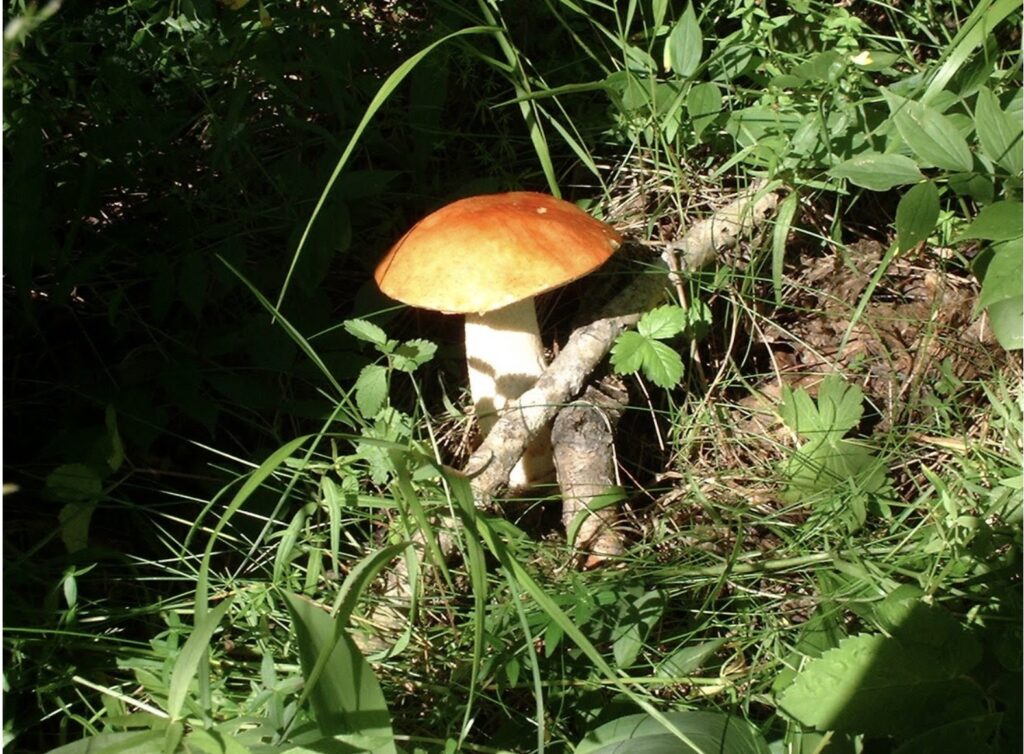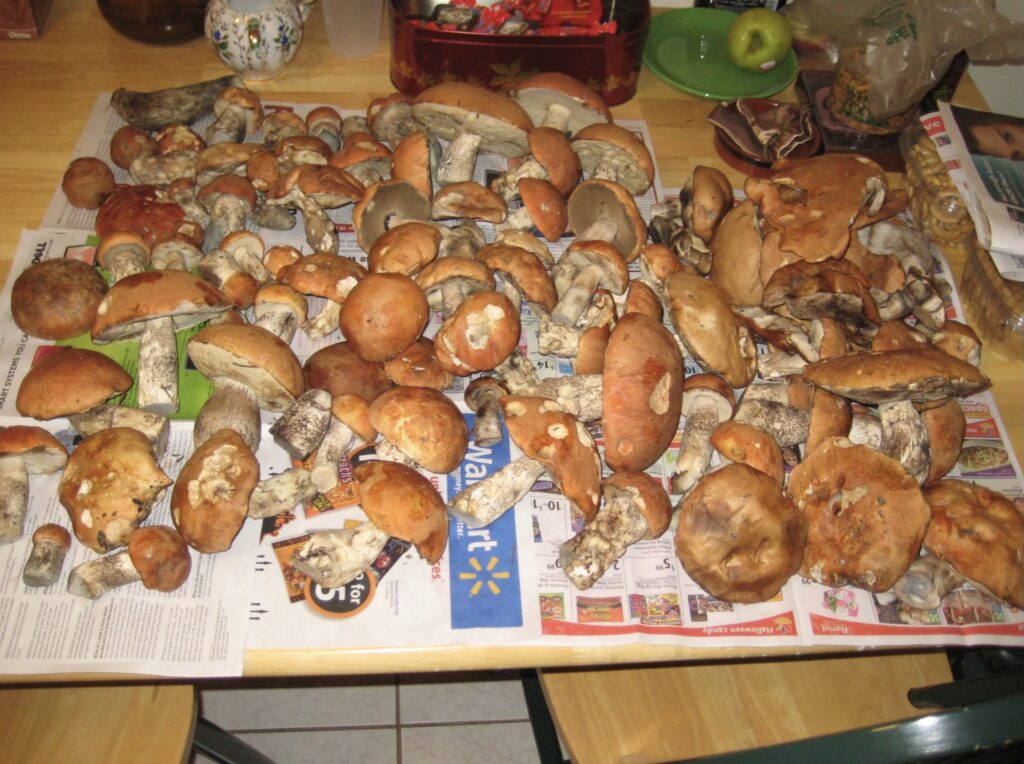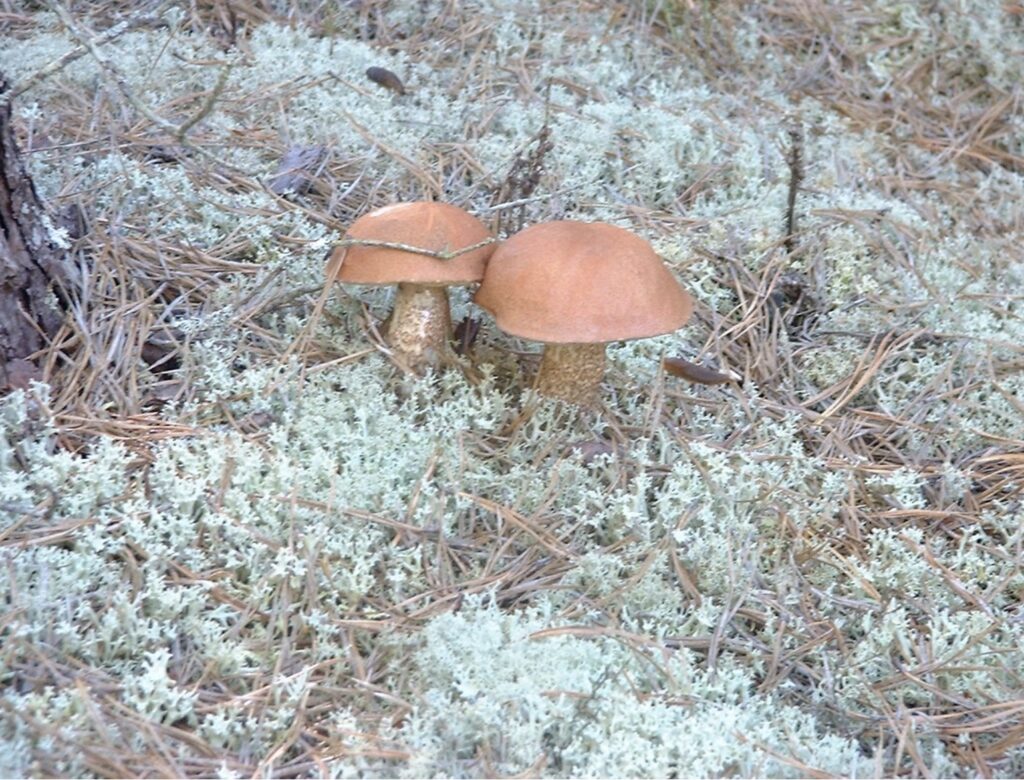
As many gardeners or farmers can attest, there is something inherently satisfying about obtaining your own food. While today, the majority of human civilization can go to a grocery store and purchase a wide range of food items worldwide, some individuals continue to use old methods of farming, gardening, hunting, and foraging for food. In recent years, a new wave of nature enthusiasts has unearthed the less-known hobby of mushroom hunting. Mushroom hunting involves gathering wild mushrooms and researching and learning to identify different species and types of edible and inedible mushrooms. As a lifelong wilderness enthusiast and avid mushroom hunter, George Seryogin is thrilled that the American public is taking an interest in mushroom hunting and hopes to provide those interested in foraging with a foundational understanding of the hobby.
George Seryogin On the Importance of Research
When asked, most people will tell you that the number one reason they have not tried hunting for mushrooms is that they are afraid of picking or eating the wrong mushroom. While this is unlikely, the fear is not unfounded as certain varieties of mushrooms are poisonous and can give those who have ingested them a variety of symptoms ranging from abdominal discomfort to liver failure. Many experienced hunters will tell newcomers the popular aphorism within the mushroom hunting community, “You can eat any mushroom…once.” However, George Seryogin stresses that this is only in good fun as only 3% of all known mushrooms are poisonous and mushroom-related deaths extremely rare. According to the National Poison Data System, only three people in the United States die per year from eating poisonous mushrooms, while roughly 7,000 individuals experience illness from eating the wrong species or incorrectly preparing wild mushrooms. Similar to many other activities, the best way to ensure you pick and eat wild mushrooms safely is to do your research.
As many avid foragers will tell newcomers, the most successful way to avoid poisoning yourself is to become familiar with specific mushrooms and their characteristics. When foraging, only focus on these mushrooms that you have familiarized yourself with and start with mushrooms that cannot be mistaken for other mushrooms. Mushroom-identification books are an excellent place to start and will detail specific mushroom species habitat, growing season, spot prints, smell, and edibility.

Some distinct mushrooms that are perfect for amateur foragers are morels, which have a one-of-a-kind brain-like appearance. Another option is false chanterelles, as this variety has gills that are a clear giveaway compared to true chanterelles and their ridges. George Seryogin states that when foragers become more comfortable identifying mushrooms based on appearance, they should begin identifying mushrooms by smell. This skill can be invaluable for a wide variety of mushrooms that can only be identified by smell. An example of this is the well-known mushroom Matsutakes, which has a very basic shape but distinct smell of cinnamon and gym socks.
Get Mushroom Hunting Gear: George Seryogin’s Necessities
A Mushroom Basket/ Bag: Many amateur mushroom hunters will use any bag lying around their house when they first start foraging; however, this is not encouraged. In order to ensure that there are mushrooms to pick next season, mushroom hunters must be careful of what bag they use for collecting mushrooms. A bag that has a wide knit or open slots ensures that the mushrooms’ spores can fall from the bag and repopulate the forest while the forager walks. Some examples of excellent mushroom bags and baskets are wicker picnic baskets, laundry baskets, reusable produce bags, and wide-knit grocery bags.
Brush: When growing in the wild, mushrooms can often be covered in a good layer of mud, leaves, or other forest debris. To make identification and cleanup easier, it is always a good idea to carry a brush to clean mushrooms’ tops, ridges, and gills.
Pocket Knife: Mushroom hunters will need a small, sharp knife on their person while foraging to cut mushrooms, check for bugs/worms, and clean the stems of mushrooms. While some mushroom hunters will tell you that it is better to cut the mushroom’s stem to collect it, experts have found that plucking mushrooms does not harm the underground mycelium and can help mushrooms drop spores.
Permit: When hunting for mushrooms on US Forest Service Land or other government land, chances are you will need a permit in order to forage legally. Mushrooms hunters on a budget need not worry, as these permits are usually free when used for non-commercial use and will allow foragers to pick up to 2 gallons of mushrooms a day. George Seryogin states that you may need a permit to pick rare or popular mushrooms depending on where you live.
Topographic Map: Mushrooms are known to only grow under specific humidity conditions and temperatures. For this reason, you will only be able to find certain mushrooms at different elevations depending on the season. To save yourself hours if not days of searching, mushroom hunters are encouraged to always forage with a topographic map when looking for certain mushrooms. While google maps do have topographic layer maps available online, this is not always the most reliable map as it will often require foragers to have a working signal. You can find printable topographic maps on the US Forest Service’s official site or in outdoor outfitter stores.

Those interested in learning more about George Seryogin, mushrooms, and more about the art of foraging for mushrooms are encouraged to check back in on this site for future entries.
